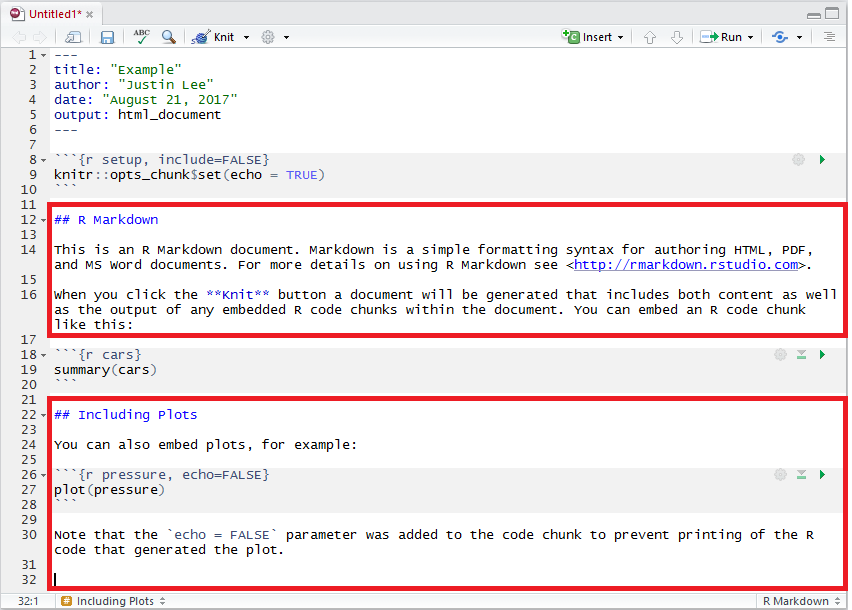

BOLD RMARKDOWN HOW TO
We don't know how to integrate these thousands of bits of information into a cohesive theory of how pleasure works. We know thousands of specific things about pleasure and the reward system, but we don't yet understand pleasure on a systems level.
BOLD RMARKDOWN CODE
A substrate may play multiple roles, or it may code without causing, or it may be a sufficient cause without being a necessary cause. the orbitofrontal cortex and ventral pallidum). the nucleus accumbens), or it may code for pleasure (its activation correlates with pleasure, but might be either a cause or effect of pleasure, or both e.g. the ventral pallidum), a sufficient cause of pleasure (if activated, pleasure occurs e.g. A hedonic hotspot might be a necessary cause of pleasure (pleasure doesn't occur without it e.g. Much research concerns 'hedonic hotspots' in the brain.

Humans do have unique cognitive, representational and 'savoring' capacities, 18 among others. 17 It's not clear how similar their subjective experience of pleasure is to our own, though. The basic structures which produce pleasure are shared by other mammals (for Darwinian reasons), and other mammals exhibit liking processes in the brain. 15 These 'fundamental pleasures' use the same brain structures as 'higher-order pleasures' like social pleasures, art, money, and altruism. 14 Food and sex are reliably pleasurable for obvious Darwinian reasons. Rather, the reward system must paint them with a 'hedonic gloss' to make them 'liked'. Thoughts and sensations are not intrinsically pleasurable. 12 Dopamine has a big role in wanting, instead. 11 And in humans, perceived pleasure is not reduced by loss of dopamine. 10 Lack of dopamine does not impair 'liking' reactions. For decades, experts thought dopamine was 'the pleasure chemical'. 7 Though, there are a few exceptions where liking was produced. Sometimes, the cause was even an unpleasant nervousness. 6 But a careful reading of the transcripts reveals the causation of wanting, not liking. For decades, it was thought that electrical stimulation of certain structures caused pleasure, because rats and humans would self-administer this stimulation hundreds or thousands of times each hour if allowed to do so.

I'll share two examples of our ignorance. First: pleasure electrodes. Unfortunately, the interaction between these components is extraordinarily complex, and many puzzles remain.


 0 kommentar(er)
0 kommentar(er)
